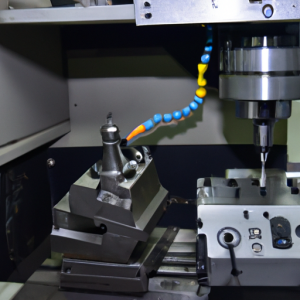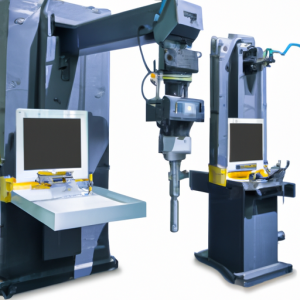Operating a CNC turning machine requires a basic understanding of the machine’s components and how they work together. The following steps provide an overview of the process.
1. Set up the machine: Before beginning any operation, the CNC turning machine must be properly set up. This includes ensuring that the machine is level, the spindle is properly aligned, and the tooling is securely mounted.
2. Load the program: The CNC turning machine is programmed using a computer-aided design (CAD) program. The program contains instructions for the machine to follow, such as the type of material to be machined, the cutting speed, and the feed rate.
3. Set the parameters: Once the program is loaded, the operator must set the parameters for the operation. This includes setting the spindle speed, the feed rate, and the cutting depth.
4. Start the machine: Once the parameters are set, the operator can start the machine. The machine will then begin to move the cutting tool along the programmed path.
5. Monitor the operation: The operator must monitor the operation to ensure that the machine is running properly. This includes checking for any errors or malfunctions, as well as ensuring that the cutting tool is properly positioned.
6. Adjust the parameters: If necessary, the operator can adjust the parameters during the operation. This can be done to adjust the cutting speed or feed rate, or to make other adjustments.
7. Stop the machine: Once the operation is complete, the operator must stop the machine. This can be done by pressing the stop button or by pressing the emergency stop button.
8. Unload the program: Once the machine is stopped, the operator must unload the program from the machine. This can be done by pressing the unload button or by pressing the emergency stop button.
9. Clean the machine: After the operation is complete, the operator must clean the machine. This includes removing any debris or residue from the cutting tool and the workpiece.
10. Inspect the workpiece: The operator must inspect the workpiece to ensure that it meets the desired specifications. This includes checking for any burrs or other imperfections.
By following these steps, the operator can safely and effectively operate a CNC turning machine. It is important to remember that the operator must be familiar with the machine’s components and how they work together in order to ensure a successful operation.






